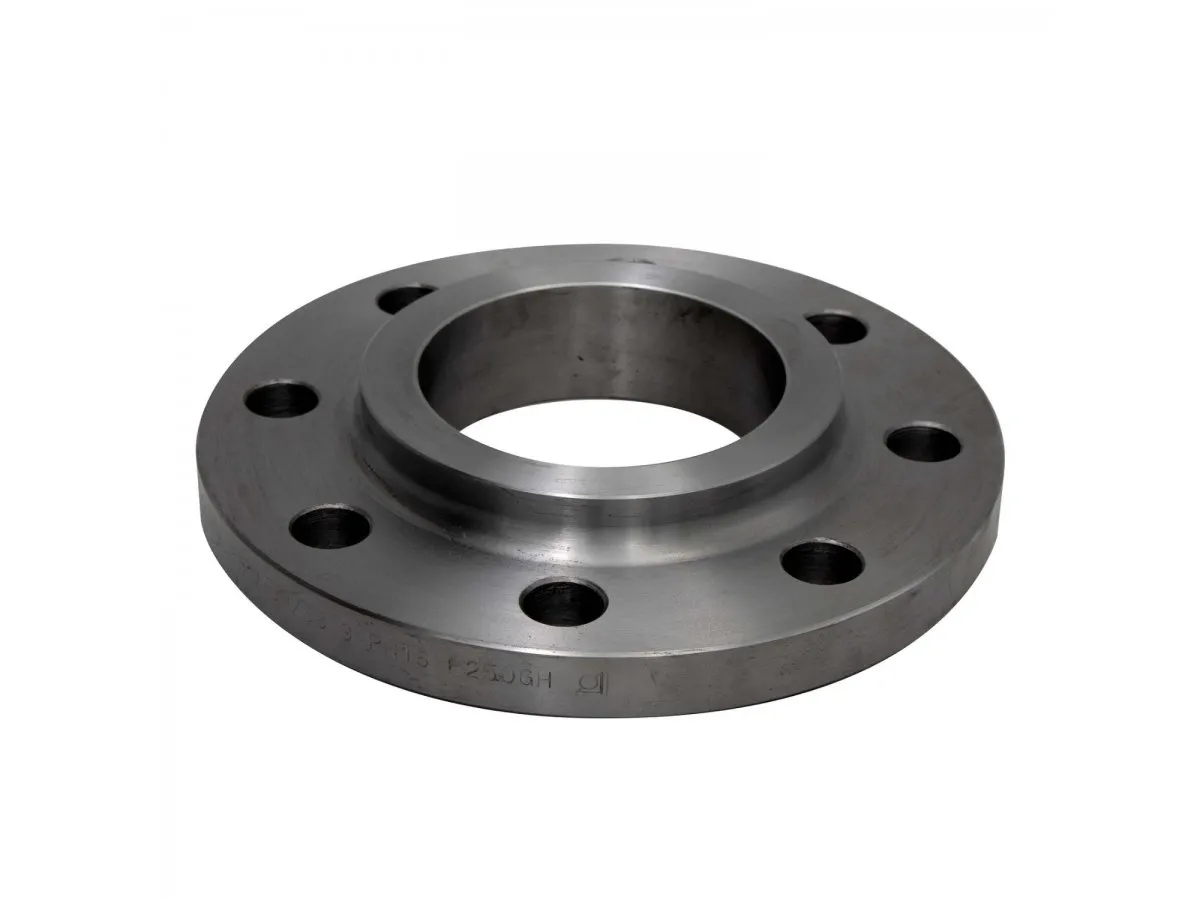-
Cangzhou Yulong Steel Co., Ltd.
-
Phone:
+86 13303177267 -
Email:
admin@ylsteelfittings.com
- English
- Arabic
- Italian
- Spanish
- Portuguese
- German
- kazakh
- Persian
- Greek
- French
- Russian
- Polish
- Thai
- Indonesian
- Vietnamese
- Zulu
- Korean
- Uzbek
- Hindi
- Serbian
- Malay
- Ukrainian
- Gujarati
- Haitian Creole
- hausa
- hawaiian
- Hebrew
- Miao
- Hungarian
- Icelandic
- igbo
- irish
- Japanese
- Javanese
- Kannada
- Khmer
- Rwandese
- Afrikaans
- Albanian
- Amharic
- Armenian
- Azerbaijani
- Basque
- Belarusian
- Bengali
- Bosnian
- Bulgarian
- Catalan
- Cebuano
- China
- China (Taiwan)
- Corsican
- Croatian
- Czech
- Danish
- Esperanto
- Estonian
- Finnish
- Frisian
- Galician
- Georgian
- Kurdish
- Kyrgyz
- Lao
- Latin
- Latvian
- Lithuanian
- Luxembourgish
- Macedonian
- Malgashi
- Malayalam
- Maltese
- Maori
- Marathi
- Mongolian
- Myanmar
- Nepali
- Norwegian
- Norwegian
- Occitan
- Pashto
- Dutch
- Punjabi
- Romanian
- Samoan
- Scottish Gaelic
- Sesotho
- Shona
- Sindhi
- Sinhala
- Slovak
- Slovenian
- Somali
- Sundanese
- Swahili
- Swedish
- Tagalog
- Tajik
- Tamil
- Tatar
- Telugu
- Turkish
- Turkmen
- Urdu
- Uighur
- Welsh
- Bantu
- Yiddish
- Yoruba

Sep . 22, 2024 14:26 Back to list
concentric reducer
Understanding Concentric Reducers A Key Component in Piping Systems
In the world of piping systems, various fittings and connectors play a crucial role in ensuring efficient fluid transport and management. One such essential fitting is the concentric reducer, which is designed to manage changes in pipe diameter while maintaining a smooth and efficient flow of fluids. This article will delve into the features, applications, and advantages of concentric reducers, highlighting their significance in various industries.
What is a Concentric Reducer?
A concentric reducer is a type of fitting used in piping systems that allows for a gradual reduction in the diameter of a pipe. Unlike eccentric reducers, which have a side cut that creates a flat surface, concentric reducers maintain a symmetrical design. This uniformity ensures that the flow remains streamlined, reducing turbulence and pressure loss. The shape resembles a funnel, transitioning smoothly from a larger diameter to a smaller one.
Applications
Concentric reducers are widely used in various industries, including
1. Oil and Gas In the extraction and transportation of oil and gas, concentric reducers help facilitate the flow of these fluids by efficiently adapting pipe sizes according to the flow requirements.
2. Water Treatment Water treatment plants employ concentric reducers in their systems to ensure a consistent flow through various stages of purification.
concentric reducer

4. Chemical Processing In chemical plants, where different reaction vessels may have varying diameters, concentric reducers are crucial for connecting pipes smoothly to prevent backflow and maintain safety.
Advantages of Using Concentric Reducers
1. Improved Flow Efficiency Concentric reducers facilitate a smooth transition from one pipe diameter to another, minimizing turbulence and pressure drops. This results in improved overall flow efficiency, essential for maintaining operational effectiveness.
2. Reduced Risk of Clogging The uniform shape of a concentric reducer significantly lowers the risk of clogging, as there are no abrupt changes in diameter that could cause debris to accumulate.
3. Adaptability These fittings can be used in various applications and industries, making them highly versatile. Whether for high-pressure systems or in environments where space is limited, concentric reducers can adapt to different operational needs.
4. Ease of Installation Due to their symmetrical design, concentric reducers are often easier to install compared to their eccentric counterparts. This simplification can save time and resources during the installation process.
5. Durability Typically made from robust materials such as stainless steel, carbon steel, or plastic, concentric reducers are designed to withstand the demanding conditions often found in industrial applications, ensuring a long lifespan.
Conclusion
In conclusion, concentric reducers are vital components in piping systems that play an essential role in ensuring the smooth, efficient, and safe transport of fluids. Their ability to provide a gradual transition between different pipe sizes, combined with their advantages of improved flow efficiency and ease of installation, makes them invaluable in a variety of industries. As technology advances and industries evolve, the significance of such fittings will continue to grow, underscoring the importance of understanding their functionality and applications. Whether in oil and gas, water treatment, HVAC systems, or chemical processing, concentric reducers will remain at the forefront of fluid management solutions.
Latest news
-
ANSI 150P SS304 SO FLANGE
NewsFeb.14,2025
-
ASTM A333GR6 STEEL PIPE
NewsJan.20,2025
-
ANSI B16.5 WELDING NECK FLANGE
NewsJan.15,2026
-
ANSI B16.5 SLIP-ON FLANGE
NewsApr.19,2024
-
SABS 1123 FLANGE
NewsJan.15,2025
-
DIN86044 PLATE FLANGE
NewsApr.19,2024
-
DIN2527 BLIND FLANGE
NewsApr.12,2024
-
JIS B2311 Butt-Welding Fittings LR/SR 45°/90° /180°Seamless/Weld
NewsApr.23,2024











